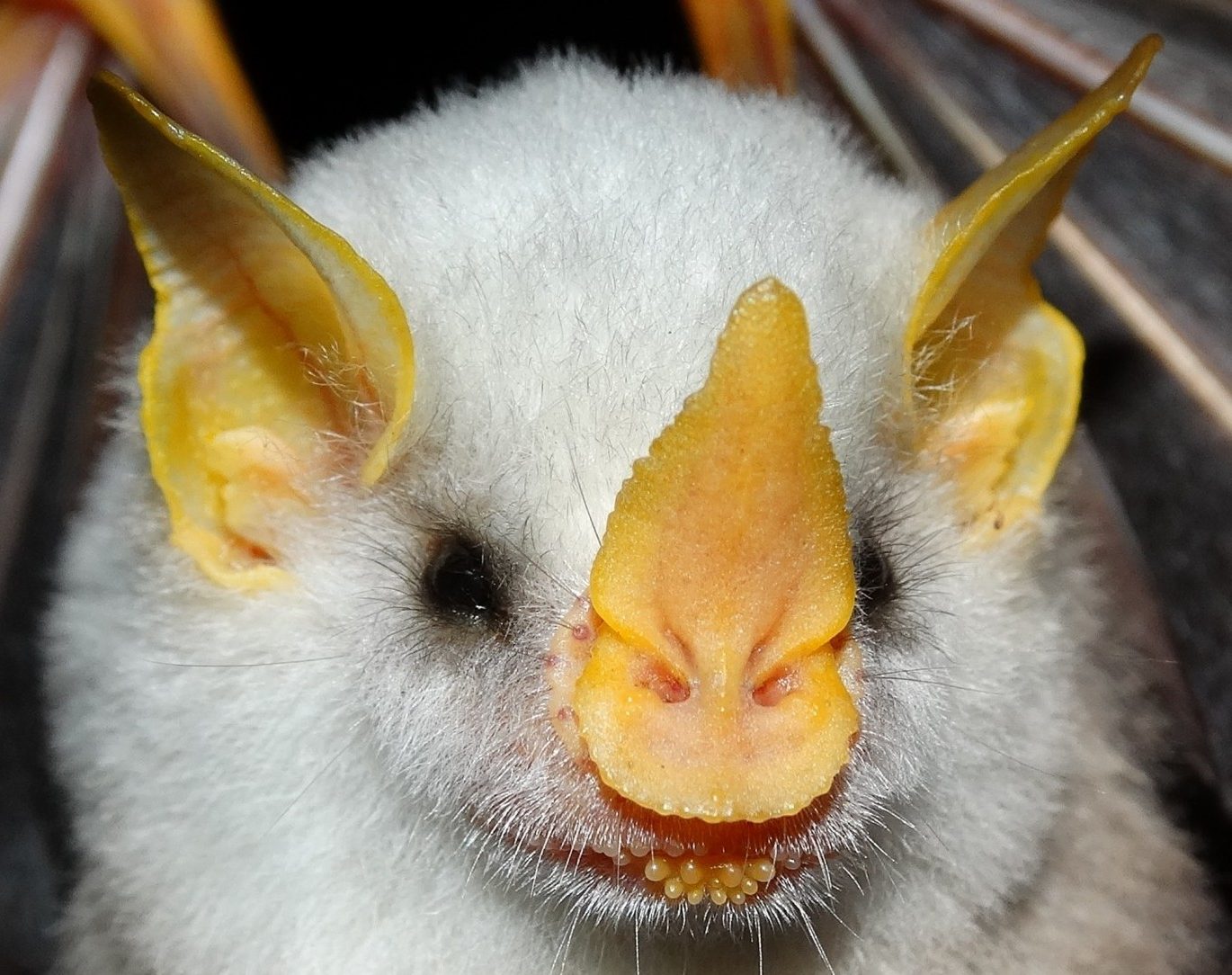Time flies when you’re having fun, or if you are catching bats around the world, which is basically the same thing. This is the first post reporting our fieldwork trips this summer, which included four countries across four ecogeographic regions!
It all started with a trip to the Philippines with a team composed by the Sears, Dávalos, Dumont and Santana labs, Dr. Susan Tsang, and colleagues from the National Museum of the Philippines. Our main goal was to collect Old World fruit bats (Pteropodidae) for a study that will contribute to understanding why these bats have much lower cranial diversity than their New World counterparts (Phyllostomidae). Answering this question involves integrating studies on cranial development, bite force and feeding behavior across a range of pteropodid and phyllostomid species.
What impressed me the most upon arriving to the Philippines was the overwhelming population density (Luzon is the 4th most populated island in the world). Our field sites were near, Liliw, a highland town in the southern portion of the Laguna province. Even several hours away from the capital, there were no apparent sights of the kind of habitats that I would expect could sustain bats. Yet, despite the loss of habitat and the pollution, some bat species still seem to fly through this landscape and take advantage of fruiting trees during their nightly foraging activities. Using mist nets suspended a few dozen meters above the ground, and skipping on any form of night sleep, we were able to collect five of these bat species: Cynopterus brachyotis, Eonycteris spelaea, Macroglossus minimus, Ptenochirus jagori, and Rousettus amplexicaudatus. Though this was a considerably lower diversity than what I’m used to experiencing in the Neotropics, it was astonishing to see these species live for the first time.
From the beginning, it was quite evident that pteropodids are a different ballgame than phyllostomids when it comes to recording performance and feeding behavior. Although both Cynopterus and Ptenochirus were reminiscent of Neotropical Artibeus species in their extravagant use of distress calls in the mist net, their approach towards scary things (like a bite force meter) seemed quite different. These species, as well as the rest of the pteropodids we caught, tended to rely more on their flight response when faced with experimental situations – cue adorable bat covering its face with its wings. With much patience and creativity, however, we were able to get bite force data for new species to complement previous datasets for our study. Likewise, Karen Sears and Dan Urban set up a lab in the field that allowed them to conduct unprecedented experiments and observations on the skull development of several pteropodid species.
My favorite catch of this trip was Rousettus, despite the fact that their activity peaked between 2-4 AM, sending the sleep-deprived team into panic mode to quickly release dozens of bats from the nets before sunrise. Rousettus were extremely gentle bats, and it was a treat to hear their tongue clicks (a form of echolocation) as they flew about and while we handled them. The young of at least one species of Rousettus may learn vocalizations in similar ways to the way human babies do. What’s not to love?
The data and samples collected during this trip will serve for dozens of studies that will expand the understanding of this diverse and still obscure group of bats. As it often happens, I came back with many more research questions than when I left. Here’s to hoping there will be more pteropodids in our future.
[Best_Wordpress_Gallery id=”8″ gal_title=”Philippines 2015″]


Comments are closed